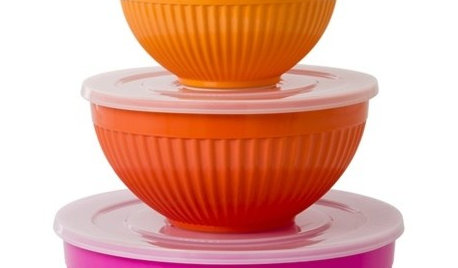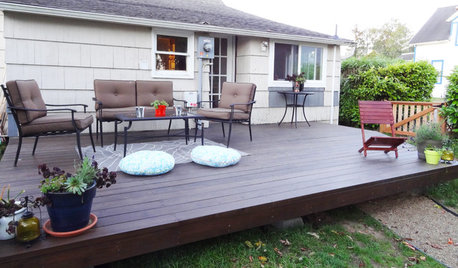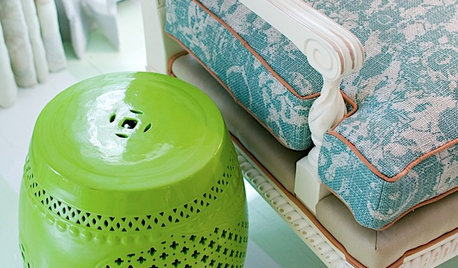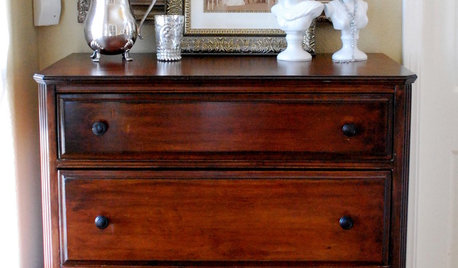Cause of cupping
rocks911
11 years ago
Related Stories

HOUSEKEEPINGDon't Touch Another Stain Before You Read This
Even an innocent swipe with water may cause permanent damage. Here's what to know about how rugs and fabrics react
Full Story
PRODUCT PICKSGuest Picks: Kentucky Derby Party Fixings and Decor
Get a Derby Day party off to a great start with accessories, serveware and furnishings that champion the cause of chic
Full Story
HOUSEKEEPING10 Problems Your House May Be Trying to Show You
Ignore some of these signs and you may end up with major issues. We tell you which are normal and which are cause for concern
Full Story
GARDENING GUIDESGreat Design Plant: Silphium Perfoliatum Pleases Wildlife
Cup plant provides structure, cover, food and water to help attract and sustain wildlife in the eastern North American garden
Full Story
PRODUCT PICKSGuest Picks: 20 Color-Happy Kitchen and Dining Accessories
Brighten up! These trays, cups, utensils and more provide a joyous color jolt to diners and cooks alike
Full Story
HOUSEKEEPINGHow to Clean Hardwood Floors
Gleaming wood floors are a thing of beauty. Find out how to keep them that way
Full Story
GARDENING AND LANDSCAPINGBuild a Beautiful Platform Deck in a Weekend
Create a polished outdoor space for entertaining by building a basic DIY platform deck in your own backyard
Full Story
DECORATING GUIDESThe Most Helpful Furniture Piece You May Ever Own
Use it as a table, a seat, a display space, a footrest ... and indoors or out. Meet the ever-versatile Chinese garden stool
Full Story
FURNITUREAntiques Shopping? Let Love Guide Your Search
If discovering aged treasures is your passion, you’re not alone. Find a kindred spirit and his buying tips here
Full Story
GARDENING GUIDESSweet Serendipity: Opening to Happy Garden Discoveries
Unplanned nature scenes can be unbelievably beautiful; you just need to know how to look
Full StoryMore Discussions








gregmills_gw
rocks911Original Author
Related Professionals
Beverly Flooring Contractors · Carlsbad Flooring Contractors · East Palo Alto Flooring Contractors · Franklin Square Flooring Contractors · Pittsburg Flooring Contractors · Riverbank Flooring Contractors · Town and Country Flooring Contractors · Whitefish Bay Tile and Stone Contractors · Ewing General Contractors · Lighthouse Point General Contractors · Longview General Contractors · Monroe General Contractors · Muskogee General Contractors · Rancho Cordova General Contractors · Wright General Contractorshomebound
homebound
glennsfc
glennsfc
glennsfc
brickeyee
rocks911Original Author
homebound
southerncanuck
brickeyee
rocks911Original Author
rocks911Original Author